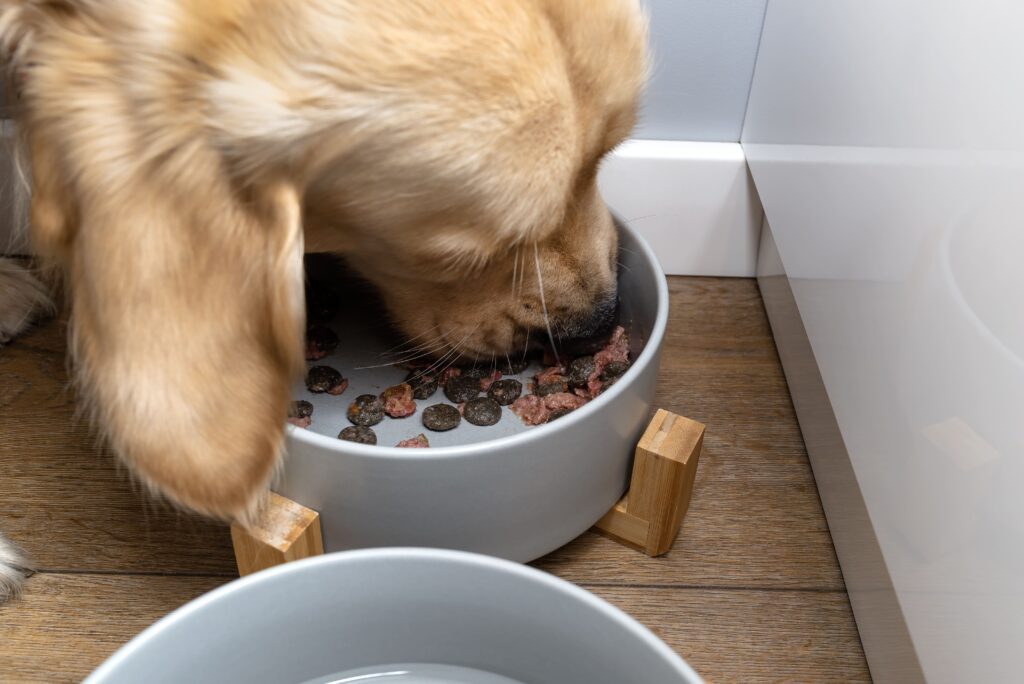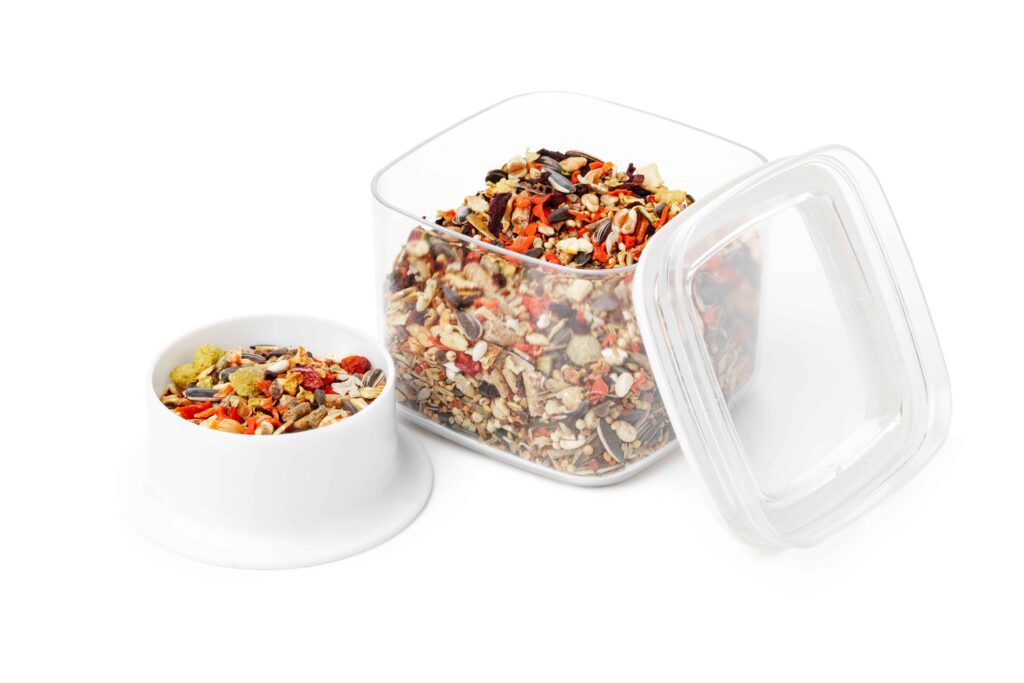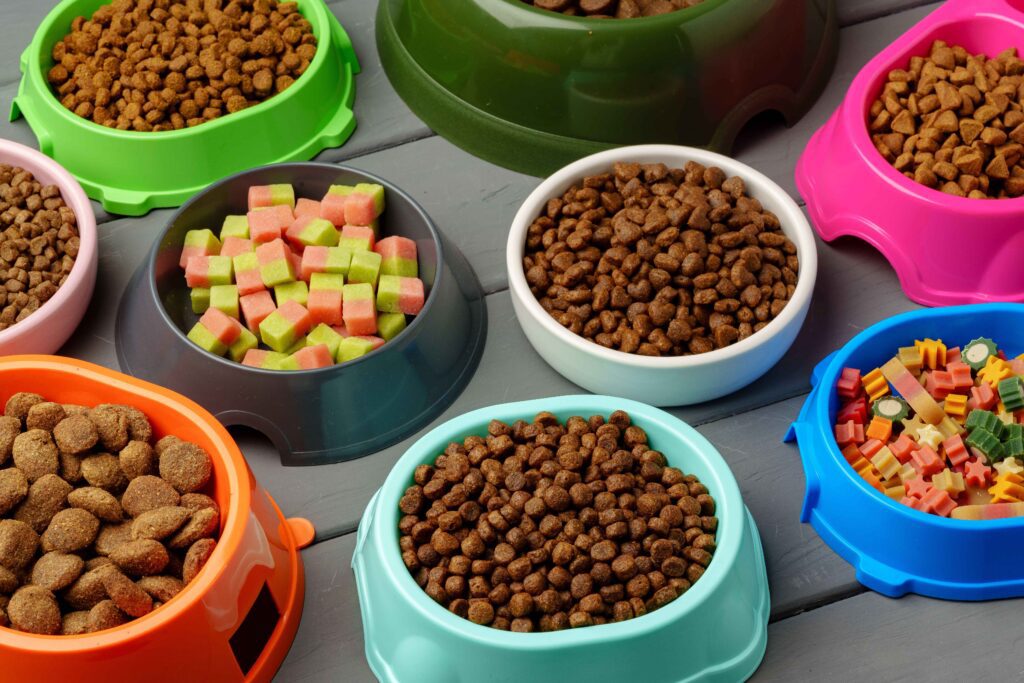What’s Really in Your Dog’s Bowl?
You’re standing in the pet food aisle, scanning labels like a detective on a mission. “Chicken,” “chicken by-product,” and then, “chicken meal.” Wait, chicken meal? That sounds… a little mysterious, doesn’t it?

Don’t worry, I’ve been there too. Before I became a total dog food geek (yeah, I said it), I used to think chicken meal was some low-grade leftover stuff. It turns out that it’s actually more complicated and interesting than that.
So grab a coffee, settle in with your pup, and let’s unpack the truth about chicken meal in dog food. Because if you care about what your dog eats (and I know you do), this is something you’ll want to know.
What Is Chicken Meal?
Let’s keep it simple:
Chicken meal is a dry, ground-up protein concentrate made from clean chicken parts like meat, skin, and sometimes bone that have been cooked down to remove moisture.
Yup, that’s it. Think of it like a high-protein powder made from chicken, minus the fluff and water weight.
Here’s how it works:
| Fresh Chicken | Chicken Meal |
|---|---|
| ~70% water | ~10% moisture |
| Less protein per pound | Highly concentrated protein |
| Spoils faster | Stable and long-lasting |
So when you see “chicken meal” on your dog food label, don’t panic. It’s not mystery meat it’s actually a more nutrient-dense version of regular chicken.
Why Do Dog Food Companies Use Chicken Meal?
Great question! Here’s why:
- More protein per bite: Chicken meal has had the water removed, so it packs more actual nutrients.
- Longer shelf life: No moisture = less risk of spoilage.
- Better consistency: It’s easier for manufacturers to standardize recipes.
And let’s be honest: for big dog food brands, chicken meal makes it easier to deliver consistent quality in large batches.
Is Chicken Meal Safe for Dogs?
Absolutely, if it’s from a reputable source.
Like anything else, quality matters. Look for labels that say:
- Named source: “Chicken meal” is better than vague terms like “poultry meal.”
- AAFCO compliant: These are the gold-standard nutrition guidelines in the U.S.
- No artificial junk: Avoid fillers, dyes, or unnecessary additives.
Pro Tip: The best dog food brands will often pair chicken meal with whole chicken or chicken fat to balance nutrition and flavor.
Chicken vs. Chicken Meal Which One’s Better?
Honestly? It’s not an either or situation.
| Whole Chicken | Chicken Meal |
|---|---|
| Fresh and tasty | Drier but denser |
| Lower protein by weight | Higher protein per weight |
| Great for marketing | Great for nutrition |
If your dog food has both awesome. That means your pup’s getting the benefits of fresh flavor and high protein content.
1. Can Dog Food Go Bad?
Yes! Even the best kibble has an expiration date. Watch for moldy smells, bugs, or oiliness. Store it in an airtight container in a cool, dry place.

2. How Is Dog Food Made Anyway?
Most dry dog food is made through extrusion basically, ingredients are mixed, cooked under pressure, shaped, and dried.
In this process, chicken meal is a superstar ingredient because it holds up well under heat and delivers reliable nutrition.
3. What Dog Food Do Vets Recommend?
Veterinarians often recommend brands that are:
- Backed by science (Hill’s Science Diet, Purina Pro Plan)
- Use high-quality ingredients like chicken meal
- Formulated by veterinary nutritionists
Just ask your vet, though. Every dog is different.
4. Which Dog Food Is Healthiest?
There’s no one-size-fits-all. But here’s what to look for:
- Real meat or meal as the first ingredient
- No artificial preservatives
- Balanced macros (protein, fat, fiber)
Healthy food = healthy coat, energy, and longer cuddles on the couch.
5. Will Dog Food Hurt a Cat?
Short answer: It’s not ideal.
Dog food doesn’t have enough taurine, an essential amino acid for cats. So while nibbling a few kibbles won’t kill them, it’s not a long-term plan.
6. What Are Dog Food Can Lids?
Oh, these are genius. If you feed your dog wet food, these silicone or plastic lids help reseal opened cans to keep them fresh longer.

7. Dog Food for Picky Eaters?
Try:
- Chicken meal + freeze-dried raw bites
- Wet toppers
- Warming the kibble slightly
Some dogs just know they deserve a five-star meal. Can you blame them?
8. Dog Food for Sensitive Stomach?
Look for limited ingredient diets or formulas with chicken meal, sweet potato, and probiotics. Avoid corn, wheat, and soy.
Which brings us to…
9. Dog Food with Probiotics: Is It Worth It?
Yes! Probiotics can:
- Improve digestion
- Boost immune health
- Reduce gas (your nose will thank you)
10. Dog Food Without Corn Why Does It Matter?
Corn isn’t toxic, but it’s often used as a cheap filler. If your dog has allergies or sensitivities, choosing corn-free formulas with quality proteins like chicken meal can make a real difference.
Real Talk: My Story with Chicken Meal
When I first brought home my rescue pup, Max, I had no clue what to feed him. I chose a fancy looking kibble with whole chicken listed first. A week later tummy issues galore.
Switched to a blend with chicken meal and brown rice, and boom he was back to zoomies and wagging. Lesson? Don’t judge dog food by the front label. Flip it over and read the real story.
Conclusion:
Here’s the deal chicken meal isn’t some budget filler. It’s a smart, protein-packed ingredient that helps your dog get more nutrition from every bite.
As long as the source is named and the rest of the recipe checks out, chicken meal can be a powerhouse addition to your dog’s diet.
So next time you’re aisle-hopping or comparing brands online, remember: It’s not just what’s in the bag it’s how it’s made.
Final Tip 🐾
Always transition to new dog food gradually over 7–10 days to avoid upset tummies. Your dog’s belly will thank you.
